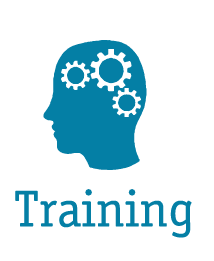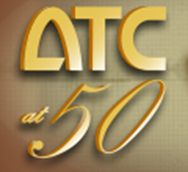|
For More Information, Contact: |

The Applied Technology Council (ATC) and the Japan Structural Consultants Association (JSCA) are pleased to announce the Ninth U.S.-Japan Workshop on Improvement of Structural Design and Construction Practices, to be held August 21-23, 2000, at the Laurel Point Inn in Victoria, British Columbia, Canada. Prior workshops in this series sponsored jointly by ATC and JSCA, have been held in Honolulu (1998, 1984), Kobe (1996), Victoria (1994), San Diego (1992), Kailua-Kona (1990), Tokyo (1988), and San Francisco (1986). The workshops have provided unique opportunities for leading engineers from the two countries to discuss state-of-the-art structural engineering issues in both formal and informal surroundings.
The 9th U.S.-Japan Workshop will be held following the Annual Convention of the Structural Engineers Association of California in Vancouver, British Columbia, August 16-20, 2000. The program for the 9th Workshop includes technical presentations by structural and earthquake engineering design practitioners and researchers from Japan, Canada, and the United States, as well as working group discussions and several social functions. The Workshop program (see second page of the Workshop Brochure) is expected to include papers on the following topics:
- Performance-Based Engineering, including case studies pertaining to new and existing construction
- Near-Field Earthquake Ground Motion
- Innovative Concepts and Techniques for Improving Seismic Performance
- Current Design Challenges and Opportunities
- Issues in Professional Design Practice
Deadline for Paper Submittal. . Selected authors will be notified by July 1, 2000. Final papers (12 pages in length, maximum) will be due August 1, 2000.
Workshop Registration. Persons interested in participating in the Workshop (presenting a paper or not) may do so by completing and submitting the Workshop Registration Form, which can be obtained from ATC (Phone, 650/595-1542), or downloaded from ATC's web site (www.atcouncil.org). As in the past, ATC and JSCA are organizing this workshop on a self-funded basis (i.e., without external funding). Accordingly, all participants will be required to pay their own travel and hotel expenses and the Workshop registration fee (approximately $200), which includes workshop luncheons, break refreshments, and workshop preprints.
Hotel Reservations. A block of overnight rooms is being held at the Laurel Point Inn at the rate of Canadian$145 (US$98 at the current exchange rate) for a standard room, and Canadian$200 dollars (US$135) for a suite. For room reservations, contact the Laurel Point Hotel directly (1-800-663-7667) and reference Applied Technology Council. A reservation form can also be downloaded from ATC's web site (www.atcouncil.org) and faxed to the hotel.





 The Applied Technology Council (ATC) is pleased to announce the scheduling of the 2nd ATC-35 Workshop on National Earthquake Ground-Motion Mapping for Thursday and Friday, May 10-11, 2001, in San Francisco at the Radisson Miyako Hotel. The Workshop is being convened by ATC and the U.S. Geological Survey (USGS). Like the first ATC-35 National Earthquake Ground Motion Mapping Workshop held in Los Angeles in 1995, this Workshop will provide input from the structural engineering, geosciences, and geotechnical engineering professions to the USGS on several key issues that affect the preparation and use of the second round of national earthquake ground-motion maps. The Workshop will also provide input for USGS on new map-related products desired by map users.
The Applied Technology Council (ATC) is pleased to announce the scheduling of the 2nd ATC-35 Workshop on National Earthquake Ground-Motion Mapping for Thursday and Friday, May 10-11, 2001, in San Francisco at the Radisson Miyako Hotel. The Workshop is being convened by ATC and the U.S. Geological Survey (USGS). Like the first ATC-35 National Earthquake Ground Motion Mapping Workshop held in Los Angeles in 1995, this Workshop will provide input from the structural engineering, geosciences, and geotechnical engineering professions to the USGS on several key issues that affect the preparation and use of the second round of national earthquake ground-motion maps. The Workshop will also provide input for USGS on new map-related products desired by map users.

